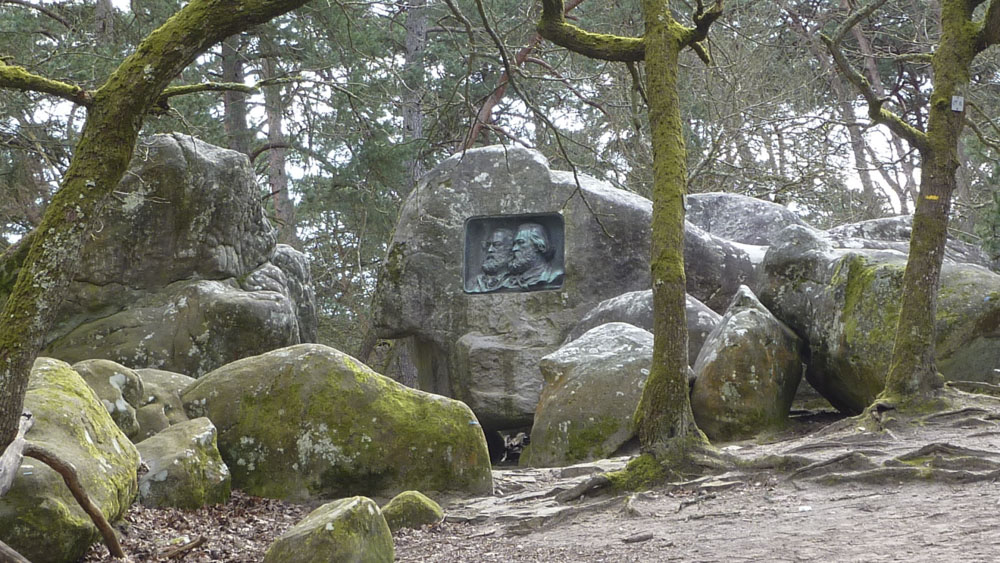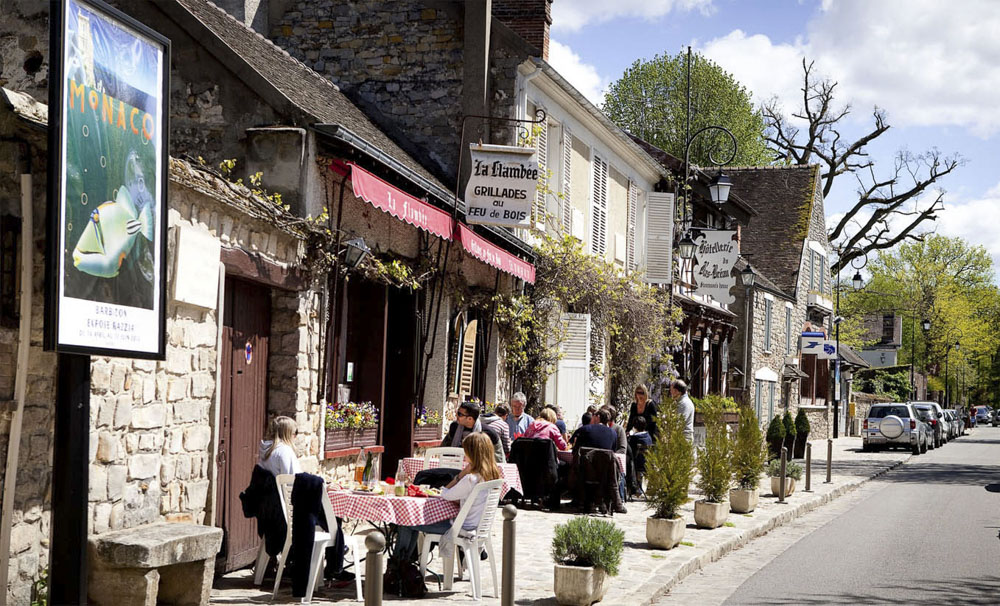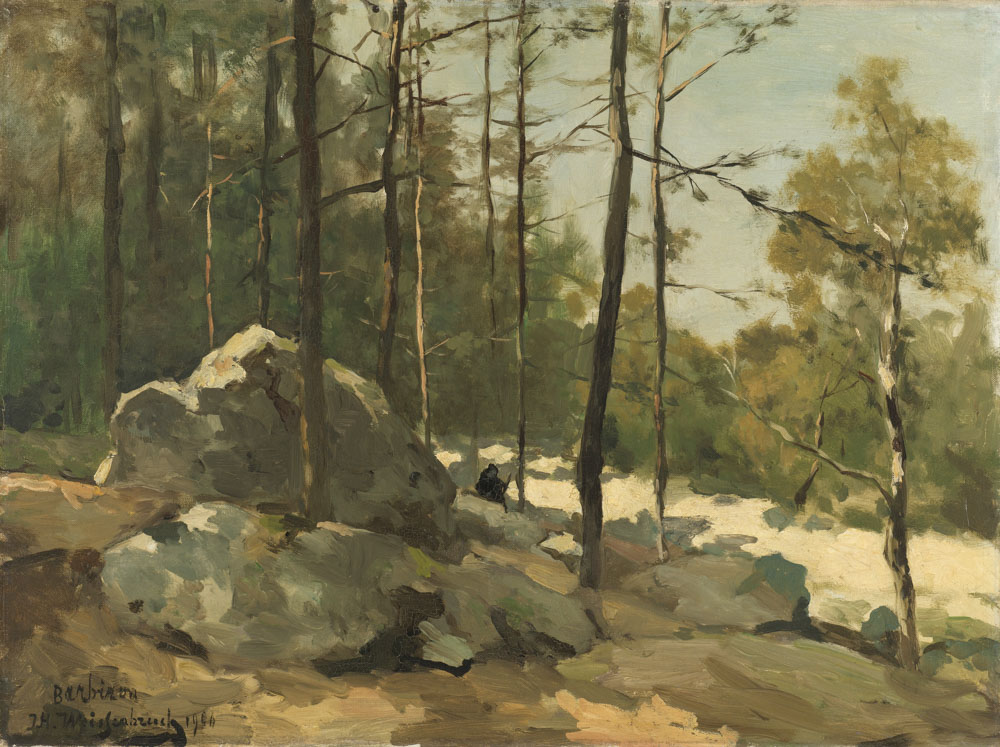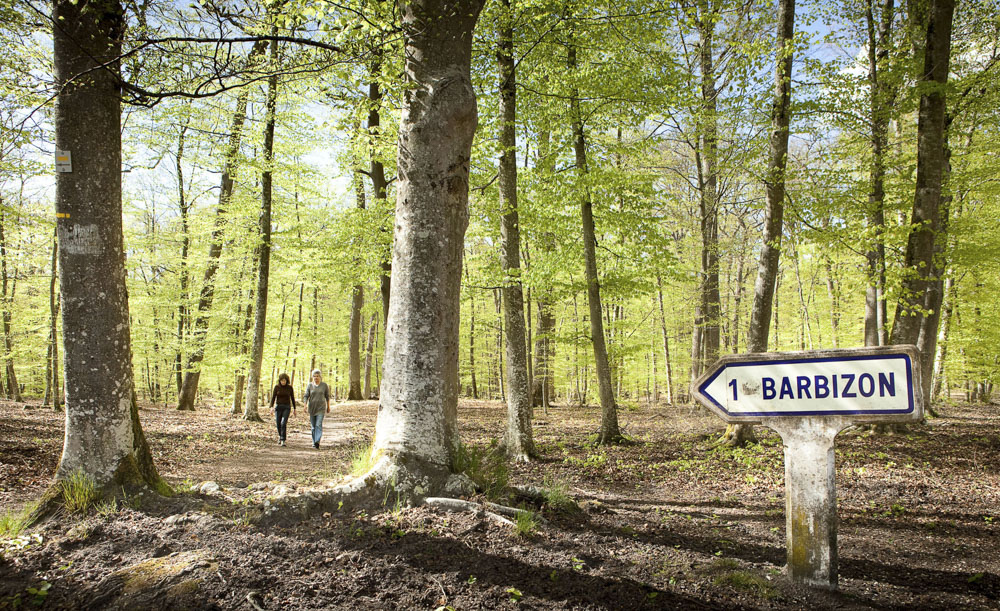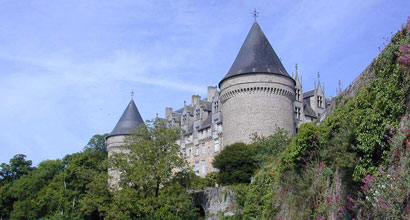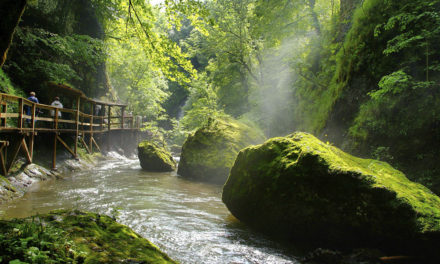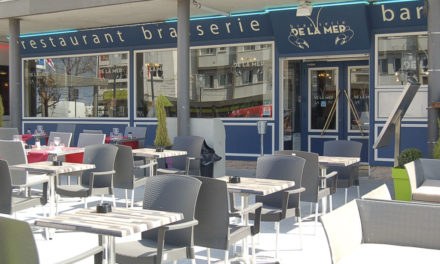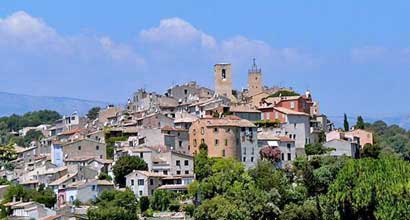Barbizon’s main claim to fame is the many artists who came to adopt this small and charming village on the western edge of the 62,000 acre Fontainebleau forest as their home in the late 19th century. Their legacy is evident in the number of artists’ studios and galleries which have sprung up and the resulting souvenir shops and weekending Parisians. Following the centenary of Barbizon in 2004, many additional attractions were created in celebration including a painters’ trail through the forest and the village leading to the places where the artists used to paint. In September there is a Festival of the Painters, ‘Fête des Peintres’, with a concert of classical music, a reconstruction of a traditional harvest, and a demonstration of traditional skills and a period railway.
Book a Hotel in Barbizon
Capital Verte
Known as the Capital Verte or ‘Green Capital’ of artists, Barbizon is as full of rustic charm as it was in the old days. Corot, Rousseau, Millet and Diaz de la Peña were amongst the first to discover the delights of the countryside around Barbizon. Drawn by the dramatic landscape of the forest with its ponds and huge rocks and the changing colours, they were the precursors of the impressionist movement, preferring to paint in the open air than in an artist’s studio. As you leave the town, sealed into one of the sandstone rocks, is a bronze medallion with portraits of Millet and Rousseau commemorating the two great masters of the Barbizon school.
Allée aux Vaches
The forest has some unusual geological curiosities, especially Brigand’s Cave and the Elephant Rock or Rocher de l’Elephant. Follow the ‘Allée aux Vaches’ or Cow Lane to find the different forest landscapes and these two in particular. There is even a signposted 8 km walk through the Forest of Fontainebleau. It was Mr and Mrs Ganne who ran the ‘Auberge Ganne’ who made the first painters feel so at home that they stayed for some time and even invented a song to symbolise the ‘bohemian atmosphere’. The song comments on the fact that at ‘an inn on the edge of the Fontainebleau forest, it’s the Inn of Father Ganne: where you see beautiful panels painted by painters’. Indeed the artists painted on every possible surface and even now you can see originals on the walls and in the buffet.
The Auberge Ganne
The Auberge Ganne is now a museum (closed on Tuesdays) which has fascinating information about the daily life of the artists and also a wonderful collection of paintings. Tel: 01 60 66 22 27. Closed for lunch from 12.30 – 2.00. Open from 10.00 to 17.00, (18.00 from 1st April – 30th September. You can visit the ‘atelier’ or studio of Jean-François Millet at No 27 Grande Rue (closed on Tuesdays). The house is virtually in the same state as it was in the 19th Century when Millet lived and worked there. A little further up the street at No.55 is the house and workshop of Theodore Rousseau in a converted barn, where temporary exhibitions are held. (closed on Tuesdays.)
Copyright text : Sarah Francis

